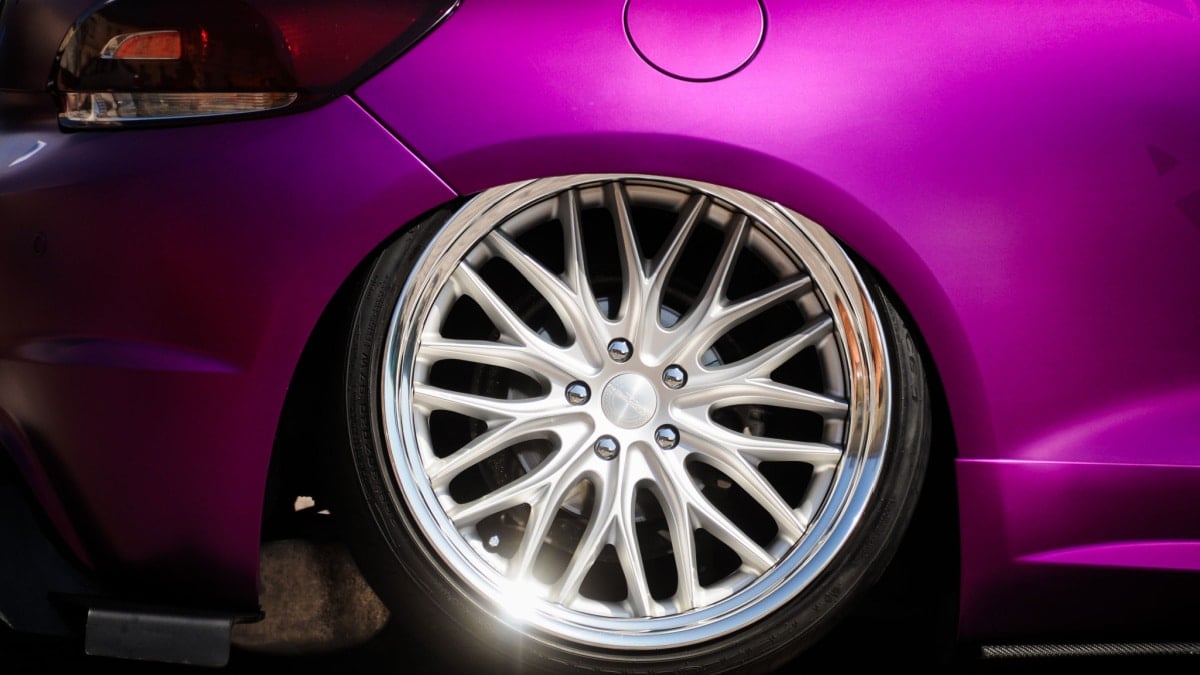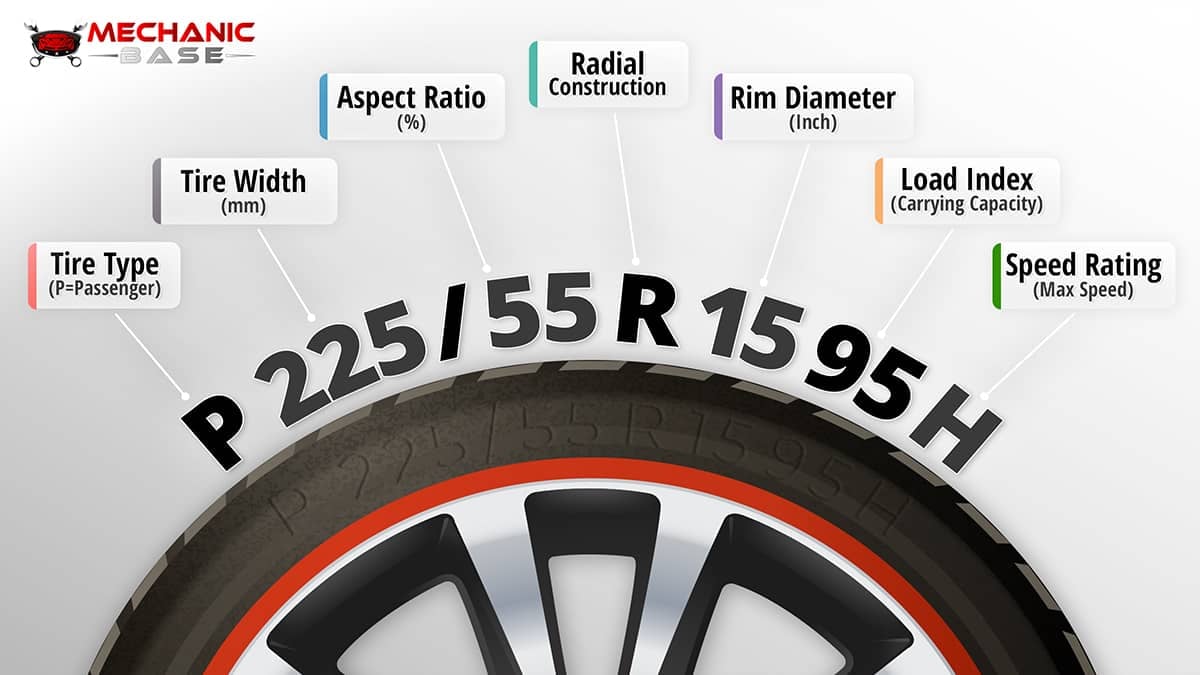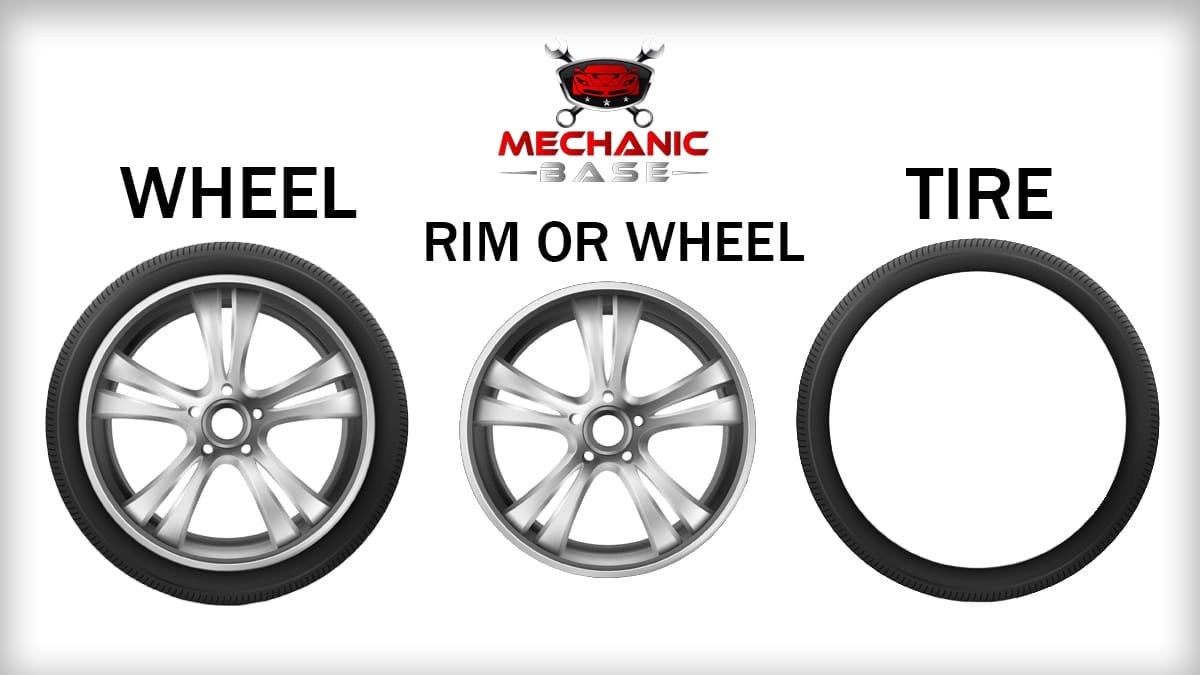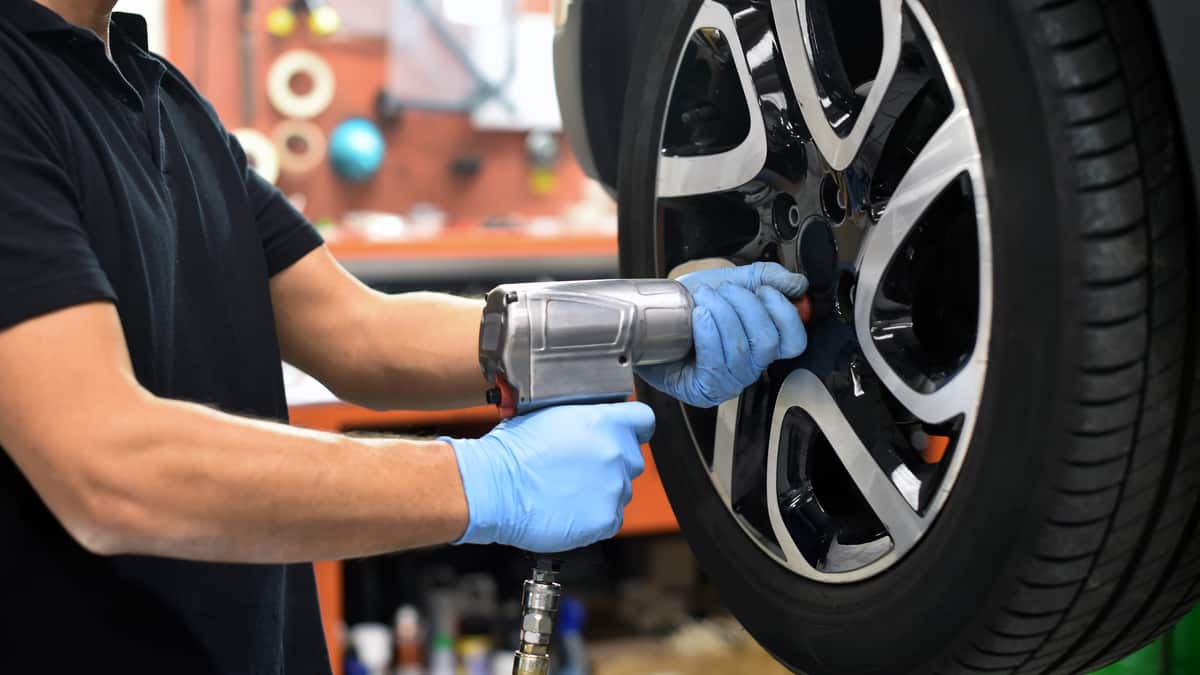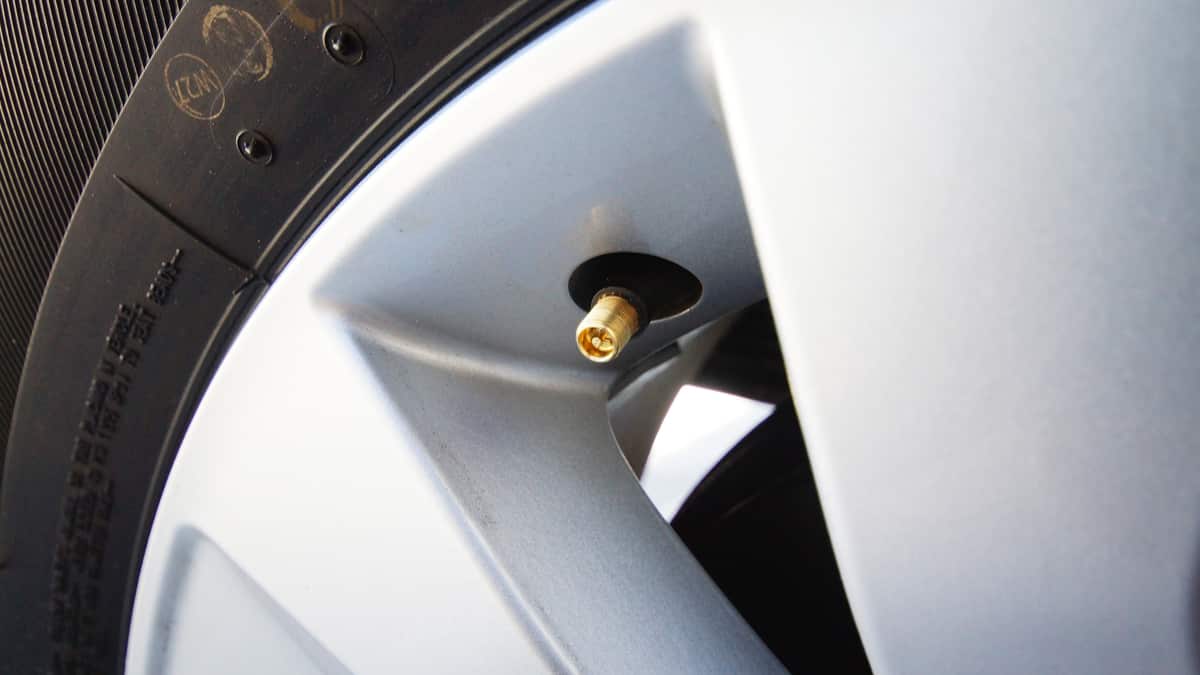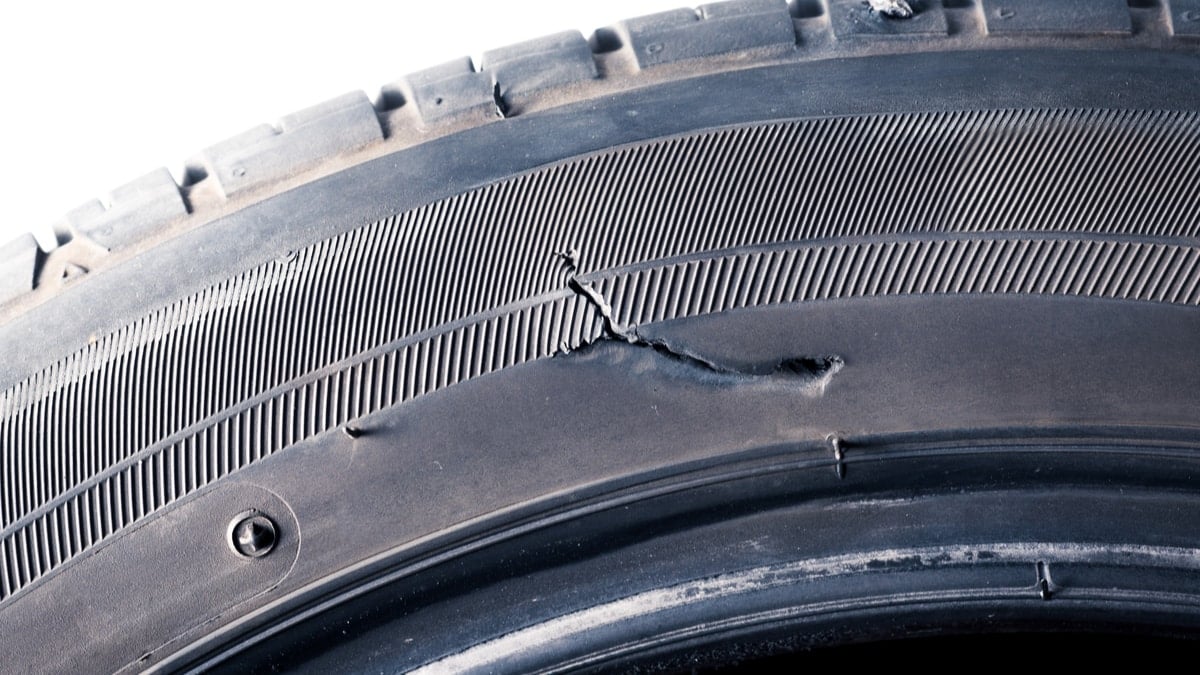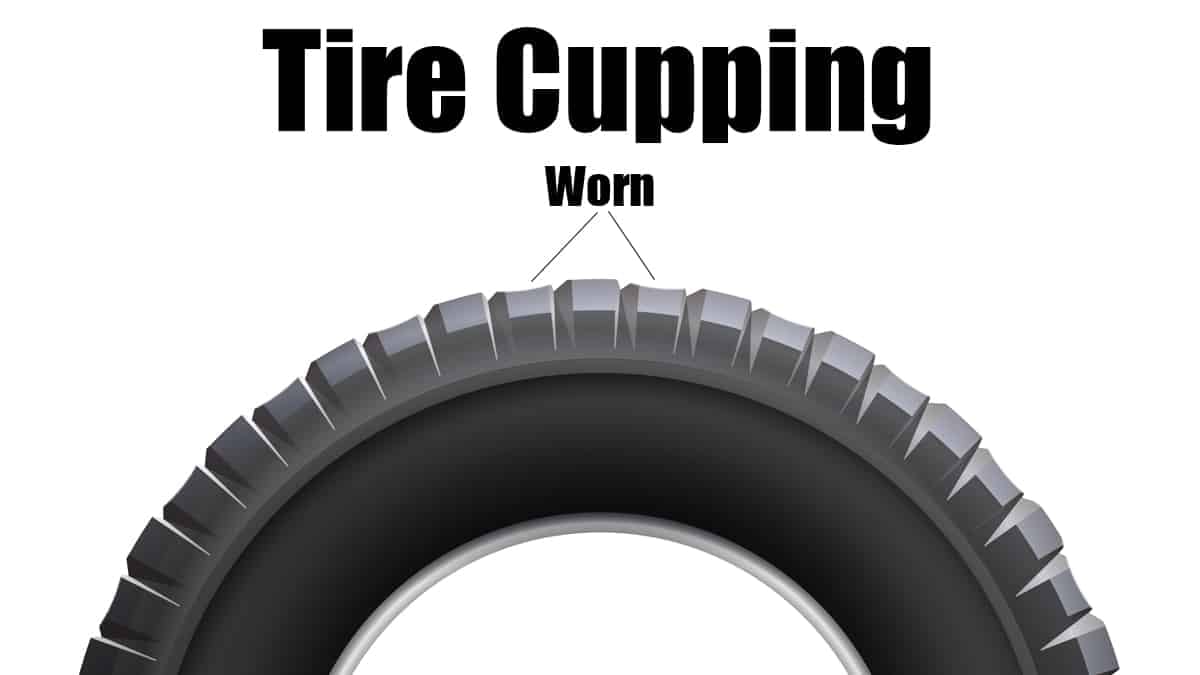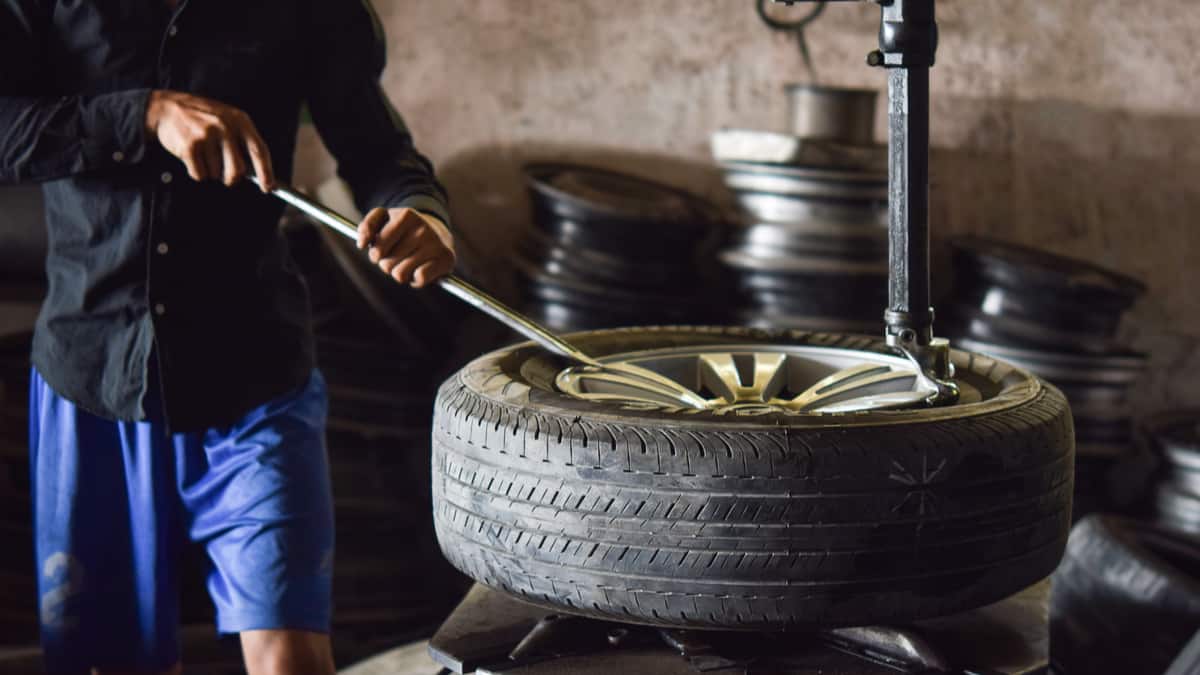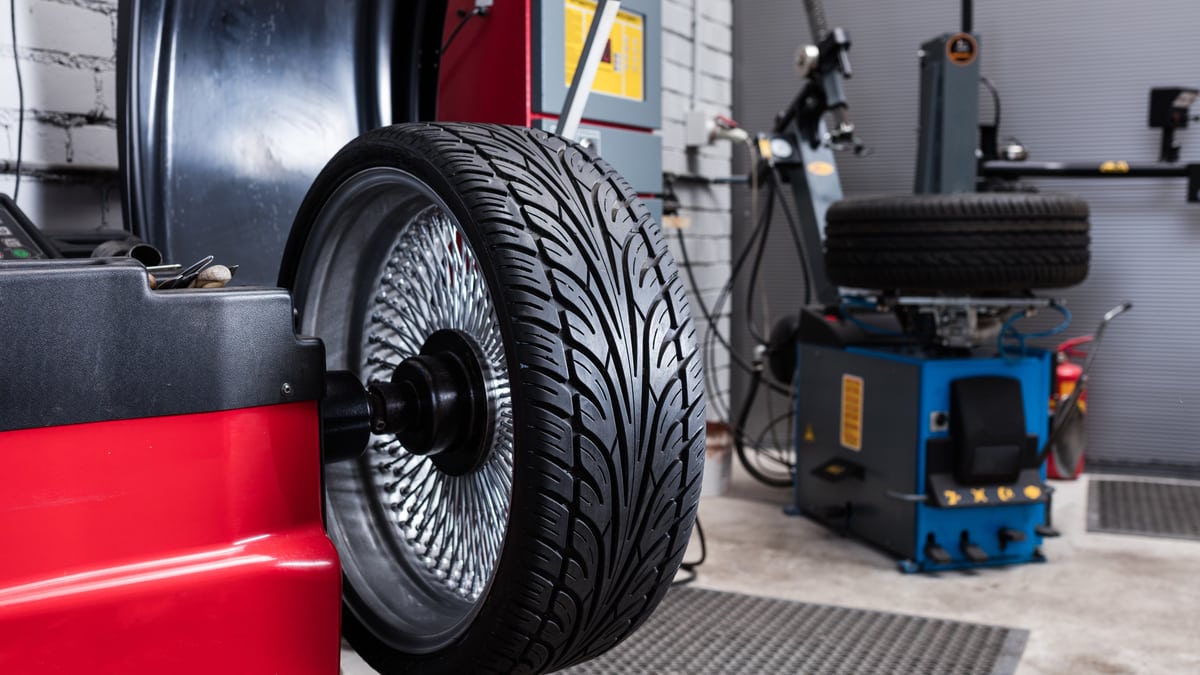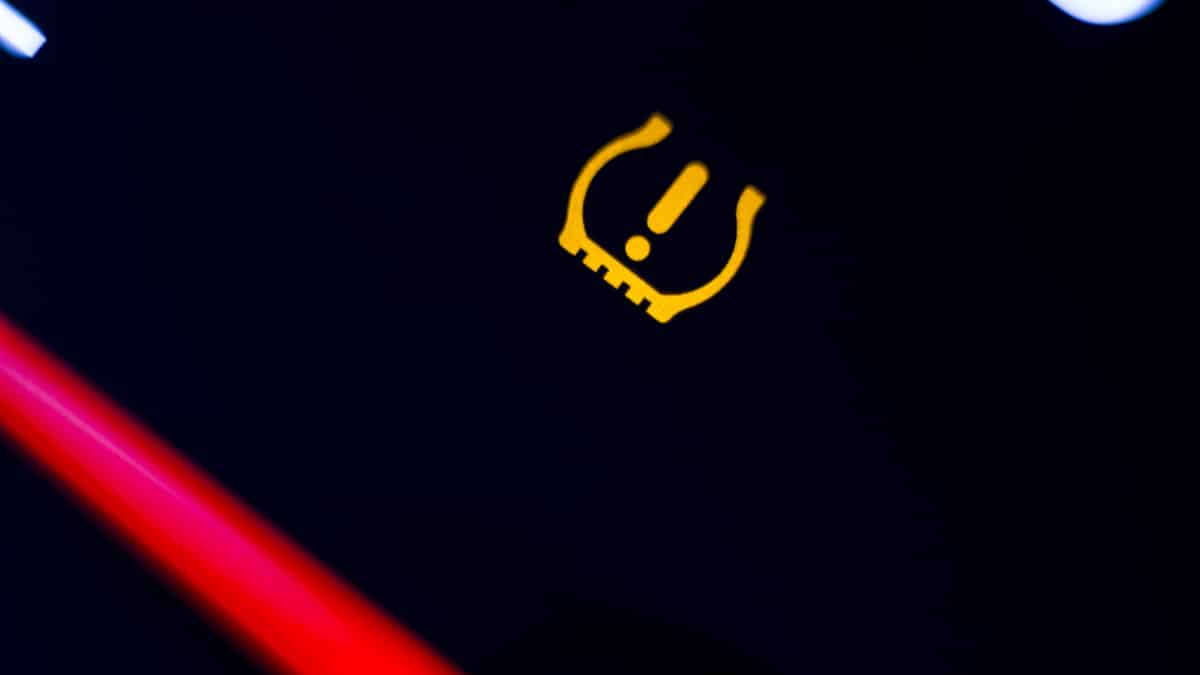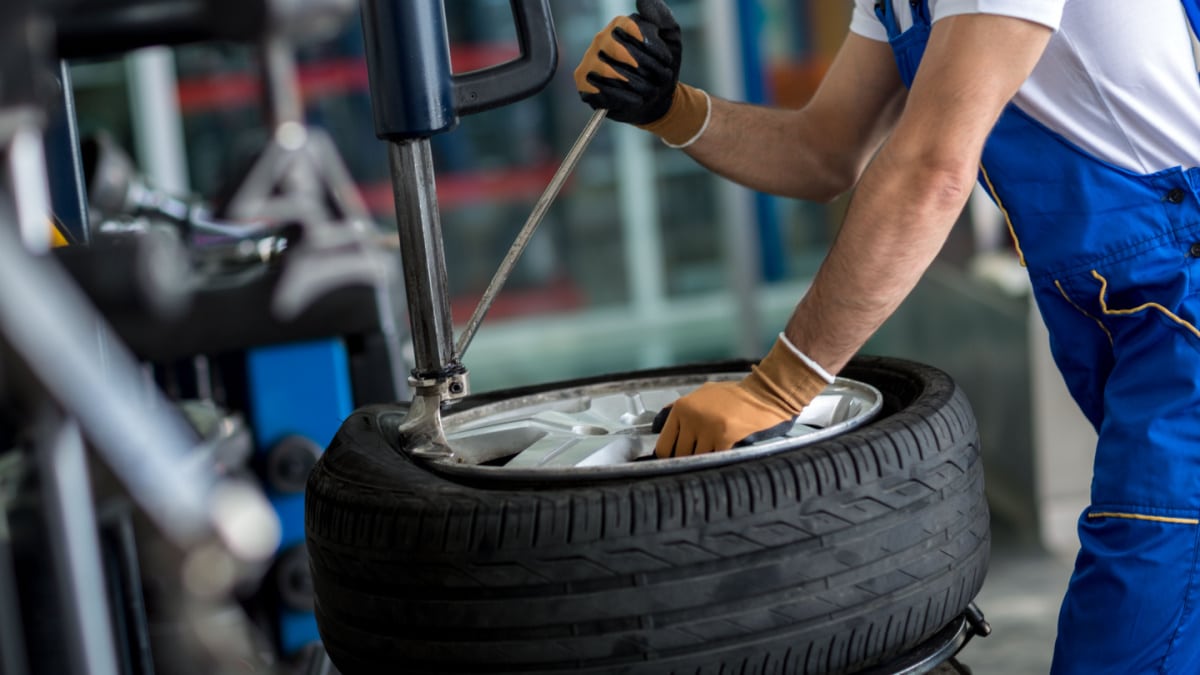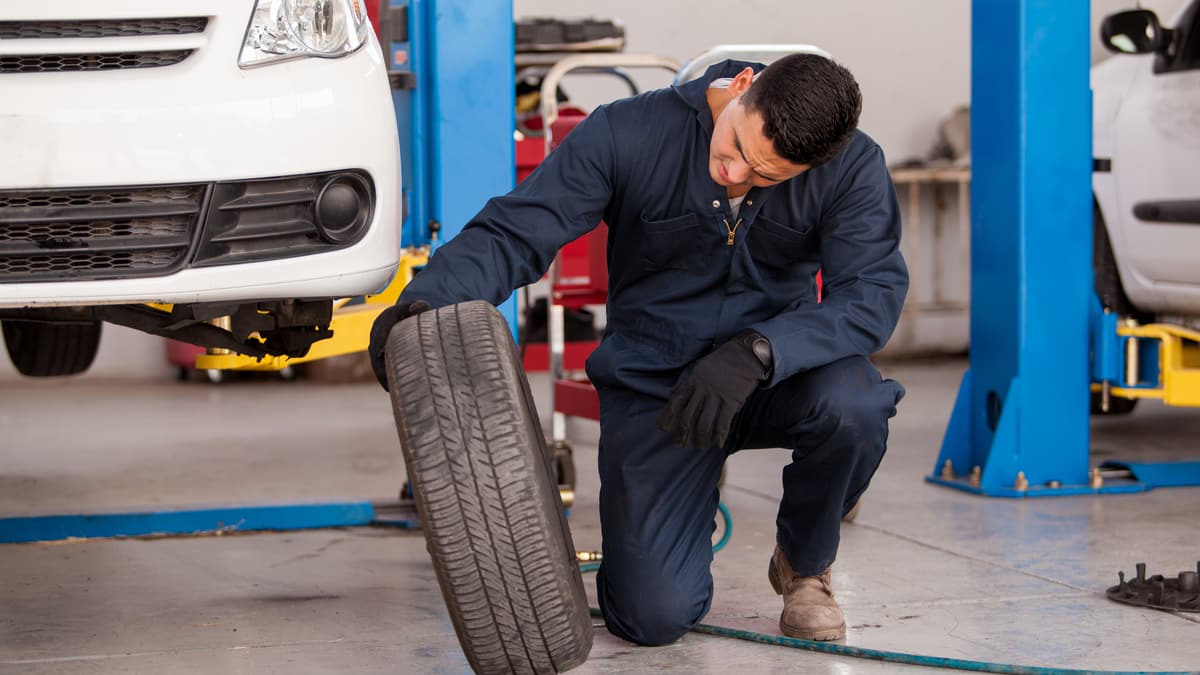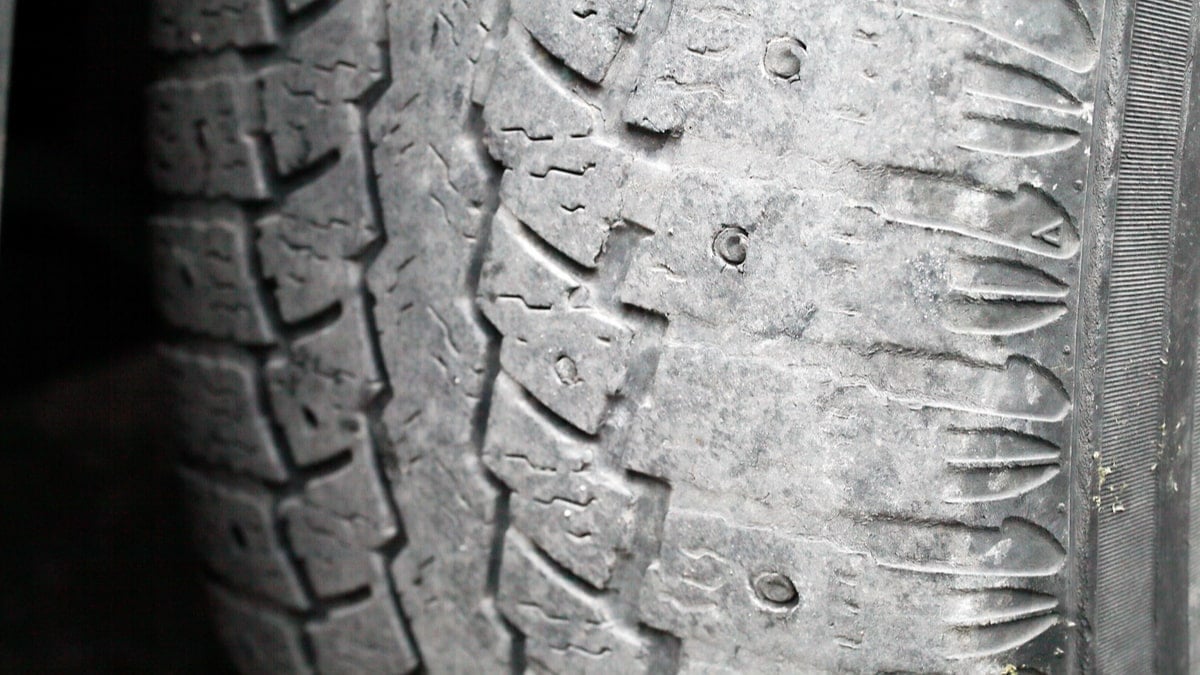Have you been considering installing low-profile tires on your vehicle? Before you do, you need to know what low profile tires are and how they can benefit your ride.
In this guide, we further evaluate the advantages and disadvantages of low profile tires. Additionally, we look at how they are different from regular tires and determine if low profile tires might be right for you.
What Are Low Profile Tires?
Low profile tires are “thin tires” that fit on larger diameter wheels and have shorter sidewall heights, known as the aspect ratio. The aspect ratio of low profile tires is typically 55% or less. Low profile tires are also called low pro tires. These are considered street performance tires and intended for summer use.
Low profile tires are quite different from regular car tires and therefore there are many advantages and disadvantages compared to regular tires, so let’s take a look at these.
Advantages of Low Profile Tires
1. Better On-Road Performance

The low profile tire has a stiffer sidewall than regular tires. It also creates a wider contact patch, enabling better performance. Because it has better cornering and lateral force resistance, the handling you experience will be heightened. For this reason, many street racers and other competitors choose to use low profile tires.
You will notice the benefits more when traveling at a higher speed. You should also be able to make sharp, quick movements better. If you add them with larger rims and a performance suspension, the ride will be even better.
2. Improved Run-Flat Technology
Run-flat tires are a newer innovation that keeps you from getting stranded on the side of the road. When the tires deflate, the run flat tires won’t lose all air. Because the low profile tire has less air to begin with, it’s easier for manufacturers to implement the technology.
Keep in mind that low profile tires don’t automatically come with run flat technology. However, it’s easier to use this feature with the low profile tire.
3. Increased Fuel Efficiency
The low profile tire features a lower rolling resistance. This design is caused by the simplified tread and stiff sidewalls. Because of this, you can anticipate better fuel economy.
In general, you might be able to save 5 to 10% of fuel when traveling at lower speeds and up to 15% when speeds reach higher. If you pair the low profile tires with alloy rims, it’s possible to save even more because of the weight.
4. Superior Appearance
Low profile tires have a unique appearance because there’s less rubber and more rim showing. If you are a fan of tuning your car, you will appreciate the way the larger rims look with the minimal amount of rubber. It tops off everything else you’ve done to your vehicle.
What you are left with is a sporty look, ensuring that heads turn. In fact, it’s a good option if you are planning to show your vehicle at an event.
RELATED: How to Increase Car Engine’s Horsepower & Torque?
Disadvantages of Low Profile Tires
1. Rougher Ride
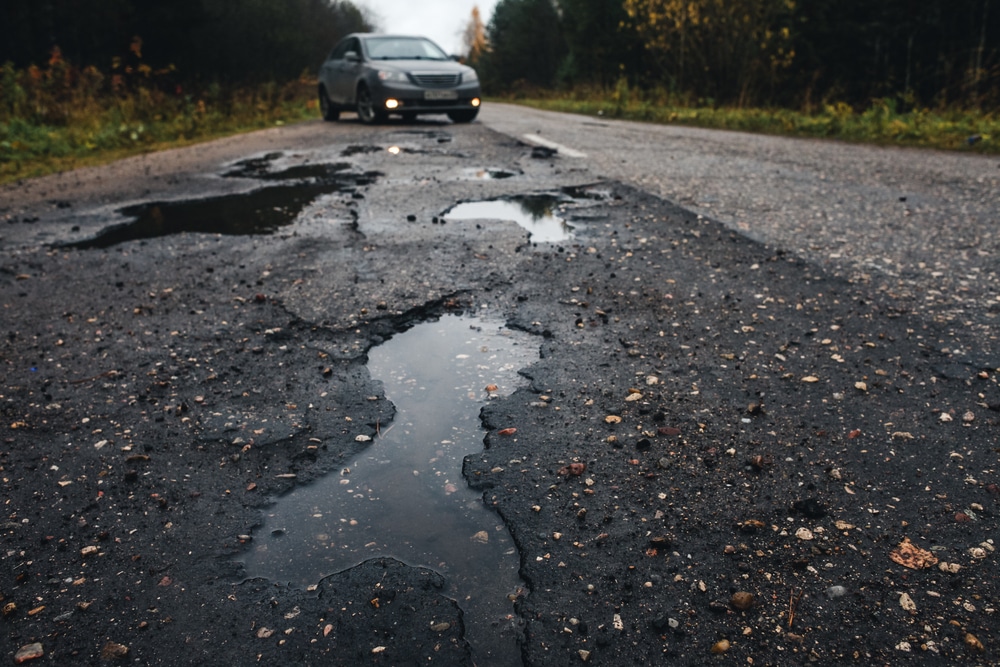
We talked earlier about how low profile tires can improve performance on regular streets during normal weather. However, the ride can get rougher because of reduced shock absorption. The stiff sidewalls won’t absorb the bumps as well, so you will feel the irregularities of the road.
If you aren’t driving on anything but a track, the ride quality might not change much for you. However, driving down any roads with potholes and other imperfections will be felt.
2. Easier to Damage
There are multiple ways that low profile tires can become damaged easier and lead to other failures. For one, if the tire isn’t a run flat, deflation can occur much faster because there’s less air in the tire, to begin with.
It’s also possible to experience what’s known as a pincher cut. This happens when you run into a pothole and the wheel rim cuts into the sidewall. Additionally, you face wheel damage since more of it is exposed and suspension failure because the ride is harder.
3. Wear Faster
Low profile tires are going to wear faster than your typical on-road tires. Because the sport-focused tire has softer compounds on them for improved grip, you know it’s going to wear away at a faster rate.
There are ways you can prevent additional wear, such as not overloading the vehicle and slowing down before cornering. It’s also best to lower your speed before braking so you don’t push the tires too hard.
4. Reduced Grip on Slippery Surfaces
With the stiffer tread, there’s going to be less grip. If you are traveling across even surfaces, you might not have any problems, but there are going to be issues when the surface becomes uneven or slippery.
These tires are only designed for on-road use. If you head down a trail, the rocky and bumpy roads are going to cause problems. Because there’s a lack of sidewall flexibility, every bump will be felt. Additionally, the unique compounds used on the tread won’t give you any benefit over ice or snow. You need winter tires to provide the necessary grip.
5. Increased Noise
You will hear more noise with low profile tires than the stock rubber. The wider contact patch is what’s responsible for the additional noise. As the tire gets wider, it contains more grooves, allowing more air flow to travel through. The reinforced design also adds to the sound.
You may notice that some roads are louder than others with the low profile tires. While these tires will always add a little more noise because of the air, you can make it much worse based on where you choose to drive. On top of that, tire pressure and the vibration of the tread all play a part in how much noise is heard.
Low-Profile Tires vs Regular Tires
While we’ve looked at a lot of the perks and downsides of the low profile tires, you want to know how to tell the two apart. The easiest way to see the difference between the two is to look at them side-by-side. Low profile tires feature a lower aspect ratio with a shorter sidewall. On the other hand, the regular road tire is going to have a taller sidewall with a higher aspect ratio.
You can find the aspect ratio on the sidewall of every tire that’s manufactured. If you aren’t sure what you are looking at, it’s helpful to read this code. It reveals the ratio between the width and height of the tire.
Look for numbers that resemble P215/45 R17. The P shows that your vehicle is a passenger vehicle. Right behind that is a number that shows the width of the tire. In this case, it’s 215. After the slash, you see the number 45, which reveals the tire height is 45% of the width. Because this number is less than 50%, it would be considered a low profile tire. The number with the R reveals the rim size. In this case, it’s 17 inches.
You can confirm what these numbers reveal by looking at the sidewall of the tire. If it looks narrow on a larger wheel and it has a sporty appearance, it’s probably low profile.
READ MORE: How to Read Tire Size – Tire Number Meanings Explained
Should I Go With Low-Profile Tires?
If you are trying to determine whether low profile tires are right for your vehicle and your driving purposes, you have several questions to consider.
What are you looking at from the tires? Do you prefer a smoother ride for everyday commuting or would you like to have a sleek look with better performance? If the latter is what you are after, the low profile tires might be right for you.
They will certainly make your car look sporty. However, you will probably want to upgrade the suspension and add some larger rims at the same time. Bigger brakes might also be in order, so you have a lot of upgrades and costs to consider. You may also spend money on tires more often since they wear faster.
If you aren’t ready for these upgrades, or you find yourself driving across uneven terrain often, it’s probably best to stick to stock tires. Lowering the aspect ratio can lead to more trouble than you are willing to handle right now. Additionally, you may find that the ride becomes too rough to fully enjoy your vehicle any further. Don’t sacrifice comfort and financial security just to make the car look cool.
Learn more:
- Stretched Tires – What is it and Is it Safe?
- What Is a Quick-Release Steering Wheel? And is it Safe?
- 8 Best Performance Tires
Categories: Tires
